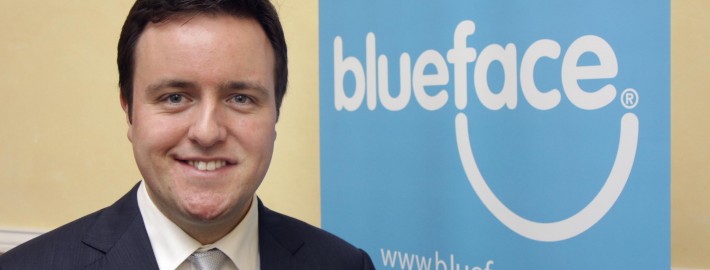Sweating the Assets
It’s a question that Gavan Smyth, VP of business services with UPC is frequently asked. “You have 200Mbps connectivity but do you really need that much for 10 employees?”
The answer is ‘yes’ he says because clients start using the internet a lot more and use different services to increase productivity.
“That extra speed fuels services you wouldn’t have thought of before such as Voice over IP, video conferencing, software as a service (SaaS) and other cloud-based services.”
It’s a view that Nicola Mortimer, head of business product portfolio management with O2 Ireland shares, highlighting a more basic problem with the significant proportion of SMEs, almost 40 per cent, that still don’t have an online presence.
“We’re trying to help companies see the benefits of having a presence on the web, and then rendering that website to mobile. We’ve seen a huge trend in accessing the internet from mobile devices and using it to research or purchase online,” she said.
And to drive that point home, Amárach Research, in its UPC-commissioned report on Ireland’s digital future, predicts that by 2016, Irish consumers will spend €5.7 billion online. That figure already stands at close to €4 billion.
“Irish businesses need to move towards ecommerce, so clients can procure products and services over the internet,” said Smyth. “The last thing we want is the money in Ireland leaving the country to buy services from a UK or US firm. It’s absolutely essential that Irish businesses have an ecommerce site so that Irish customers can buy from Irish businesses,” he said.
O2 structures its business-grade offerings with a modular approach, recognising that organisations want to use the full potential of their network. Customers can choose base connectivity and layer additional, bundled services on top including voice, web hosting, Microsoft Office 365 productivity suite, video conferencing and online backup.
It’s part of a strategy to position O2 as a total communications company with a full suite of voice and data products based on single billing.
“We did a survey at the end of 2013 and can see that more than two-thirds of small businesses are now using cloud technology,” said Mortimer. “That could vary from something as simple as a storage dropbox to something that has more bespoke IT implementation. Because of the environment we’re working in, which is still economically challenged, companies need to watch their cash flow and keep a tight control on costs,” she said.
Peter Hendrick, technical director of AirSpeed Telecom believes that reduced access costs have improved broadband penetration and prompted clients to adopt ‘next-generation’ business applications.
“Companies looking to revamp their technology platform need to start with a flexible communications network,” he said. “For example, Chill Insurance has developed one of the country’s most advanced multi-channel contact centres, communicating with their customers through a variety of channels including social media, email and through Chill’s website. All of that is possible with good quality broadband operating at high speeds.”
Managed telecoms services provider, Viatel points to a similar experience.
“Viatel customers are more confident in exploring outsourcing options for their IT hardware and software requirements,” according to Stephen Brady, senior product manager. “We offer a range of hosting and cloud-based solutions whereby customers can manage their entire inbound and outbound voice and data traffic through simple IP or Ethernet connections, rather than investing in complex hardware and software systems.”
Alan Foy, CEO with IP telephony services company, Blueface sees broadband as a “vital enabler” for cloud-based services, particularly hosted phone solutions including call recording, hosted storage and document management solutions.
“Unified communications is the new trend that businesses are adopting in the Irish marketplace,” he said. “To avail of the full suite of mobility and productivity options available, businesses really need to identify a service provider with convergence at its core from a technology and a cost benefit perspective.”
And what of this move towards convergence? According to Nicola Mortimer, we’re not quite there yet.
“Customers are getting mobile and fixed services in a bundle but that’s not true convergence. Having a single IP platform for both would enable true convergence. You will see standalone broadband in the future which will separate the fixed line usage to the actual broadband and that gives a lot of flexibility for other providers to offer services over the top of that,” she said.




Leave a Reply
Want to join the discussion?Feel free to contribute!